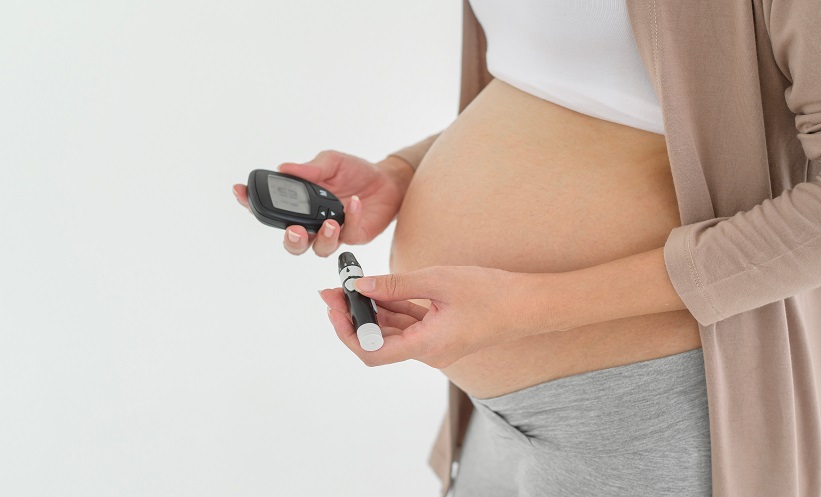Abstract
The obesity epidemic calls for novel strategies to prevent and treat obesity and its comorbidities. Several studies have indicated that the amount of oxygen to which tissues are exposed may substantially impact cardiometabolic health. Interestingly, living at high altitude (hypobaric hypoxia) seems to be associated with improved glucose homeostasis and a decreased prevalence of Type 2 diabetes. Furthermore, normobaric hypoxia exposure has been shown to exert beneficial effects on glucose homeostasis and insulin sensitivity in rodents and humans. This may, at least in part, be explained by altered adipose tissue and skeletal muscle oxygen tension. In contrast, patients with obstructive sleep apnoea syndrome, which is characterised by episodes of severe intermittent hypoxia due to periodic collapse of the upper airway during sleep, show impairments in glucose homeostasis and are at increased cardiovascular risk. These discrepancies may be explained by the severity, duration, and pattern (number of cycles) of hypoxic episodes, but underlying mechanisms have not yet been studied in detail. The purpose of this review is to provide an overview of available studies on the link between oxygen tension, inflammation, and glucose homeostasis. Detailed studies to elucidate the effects of moderate hypoxia exposure on wholebody and tissue-specific insulin sensitivity in humans are clearly warranted.
Please view the full content in the pdf above.







